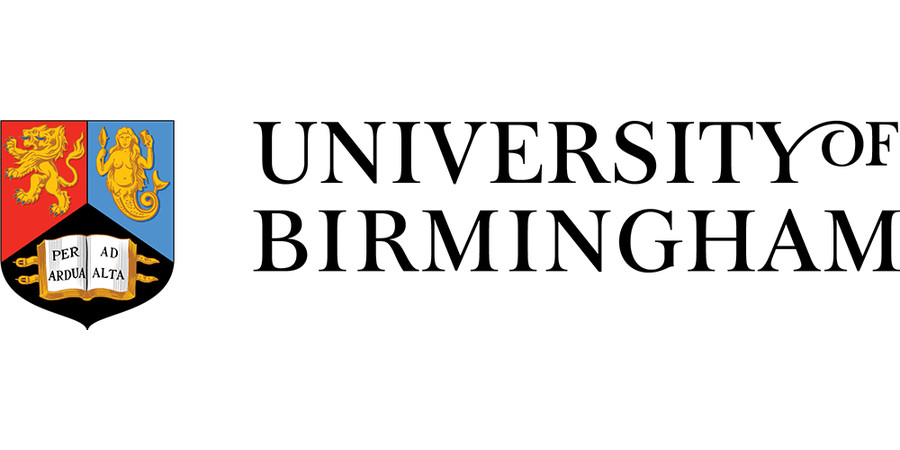PhD Studentship: Understanding the Physiological and Metabolic Health Effects of Vortex Wave Circulation Therapy
University of Birmingham - School of Sport, Exercise and Rehabilitation Sciences
| Qualification Type: | PhD |
|---|---|
| Location: | Birmingham |
| Funding for: | UK Students, EU Students, International Students |
| Funding amount: | A tax-free annual stipend |
| Hours: | Full Time |
| Placed On: | 18th November 2024 |
|---|---|
| Closes: | 16th January 2025 |
The human musculoskeletal system undergoes several age-related alterations, including reductions in muscle mass and function (termed ‘sarcopenia’). This disease condition affects a large proportion of the UK's ageing population. Bone health is also compromised in ageing with increased incidence of osteopenia and osteoporosis heightening the risk of bone fracture. Importantly, sarcopenia and osteopenia are accelerated during periods of disuse (e.g., hospitalization and ill-health).
It is predicted that by 2046, ~25% of the UK population will be 65 years or older which will drive an unprecedented rise in sarcopenia, frailty and bone fracture prevalence and associated healthcare expenditure, with dire socioeconomic consequences. Indeed, muscle weakness is associated with an annual cost of £2.5billion and hip fracture, a common consequence of falls, an estimated annual cost of £1.1billion to the NHS.
Furthermore, both muscle weakness and hip fracture hold significant implications for all-cause mortality and non-communicative disease risk. Whilst resistance exercise training is known to improve musculoskeletal health, particularly in older adults and during disuse events, it can be impractical in clinical settings where mobility is limited (e.g., during bedrest or ICU stay). Further, equipment is typically large and unportable, thus limiting is applicability and accessibility. It is therefore unsurprising that very few older adults engage in the recommended twice weekly muscle strengthening exercise sessions. As such, the development of alternative and accessible modalities with musculoskeletal health promoting benefits is essential. Vortex Wave Circulation (VWC) has been proposed as tool with the potential to mitigate the musculoskeletal deterioration that is characteristic in ageing and disuse.
Previous research has demonstrated clear efficacy of VWC during stall rest in equine models. Furthermore, VWC in private clinic and care home settings demonstrates efficacy in vulnerable and frail populations, with reductions in pain/discomfort (lowering reliance on pain medication), increased mobility and improved mental health all regularly reported. To promote the widespread application of VWC into healthcare systems, there is a need for greater human empirical data.
In this PhD programme, we propose an in vivo human interventional study to assess the efficacy of VWC to elicit positive musculoskeletal adaptive responses in older adults, including i) muscle protein synthesis rates using the stable isotope tracer deuterium oxide and muscle biopsies, ii) microvascular blood flow using ultrasound and iii) markers of bone turnover/remodeling. As part of our ongoing and funced work with VWC, we plan to extend this work into a clinical bed-rest model to understand the effects of VWC on musculoskeletal decline during bed-rest.
The project will be supervised by Professor Leigh Breen (L.breen@bham.ac.uk), Dr Catarina Rendeiro and Dr Jonathan Quinlan.
Funding notes:
This studentship comes with a comprehensive support package, including fees (the cost of the UK fee rate), a tax-free annual stipend, a travel and conference budget, a generous consumables budget, and the use of a MacBook Pro for the duration of the programme.
References:
- Fisher, SR., et al, Arch Intern Med. 2010.
- Smeuninx, B., et al, J Physiol. 2023.
- Greene, A. L., et al, J Equine Veterinary Science. 2019.
Advert information
Type / Role:
Subject Area(s):
Location(s):









